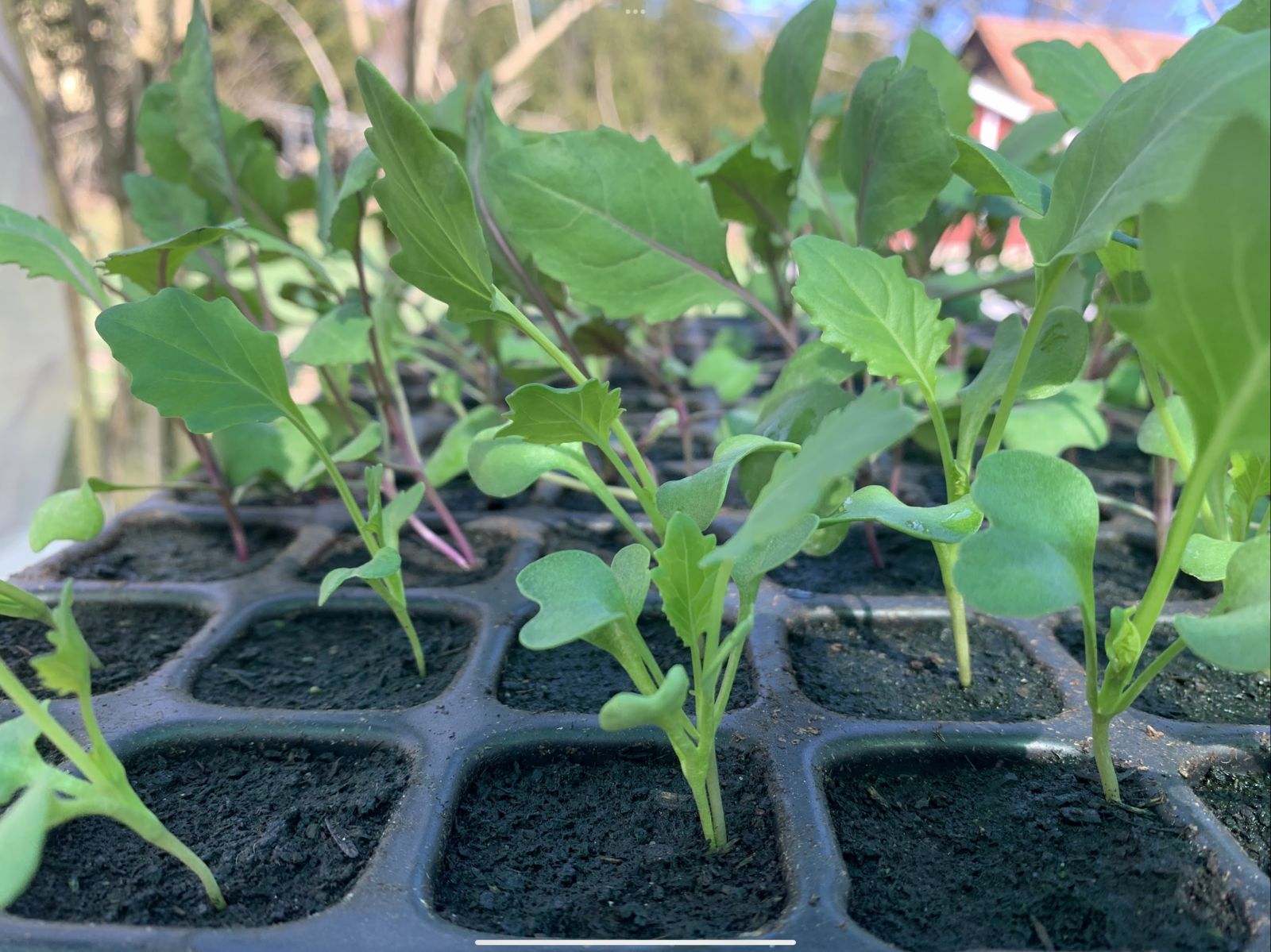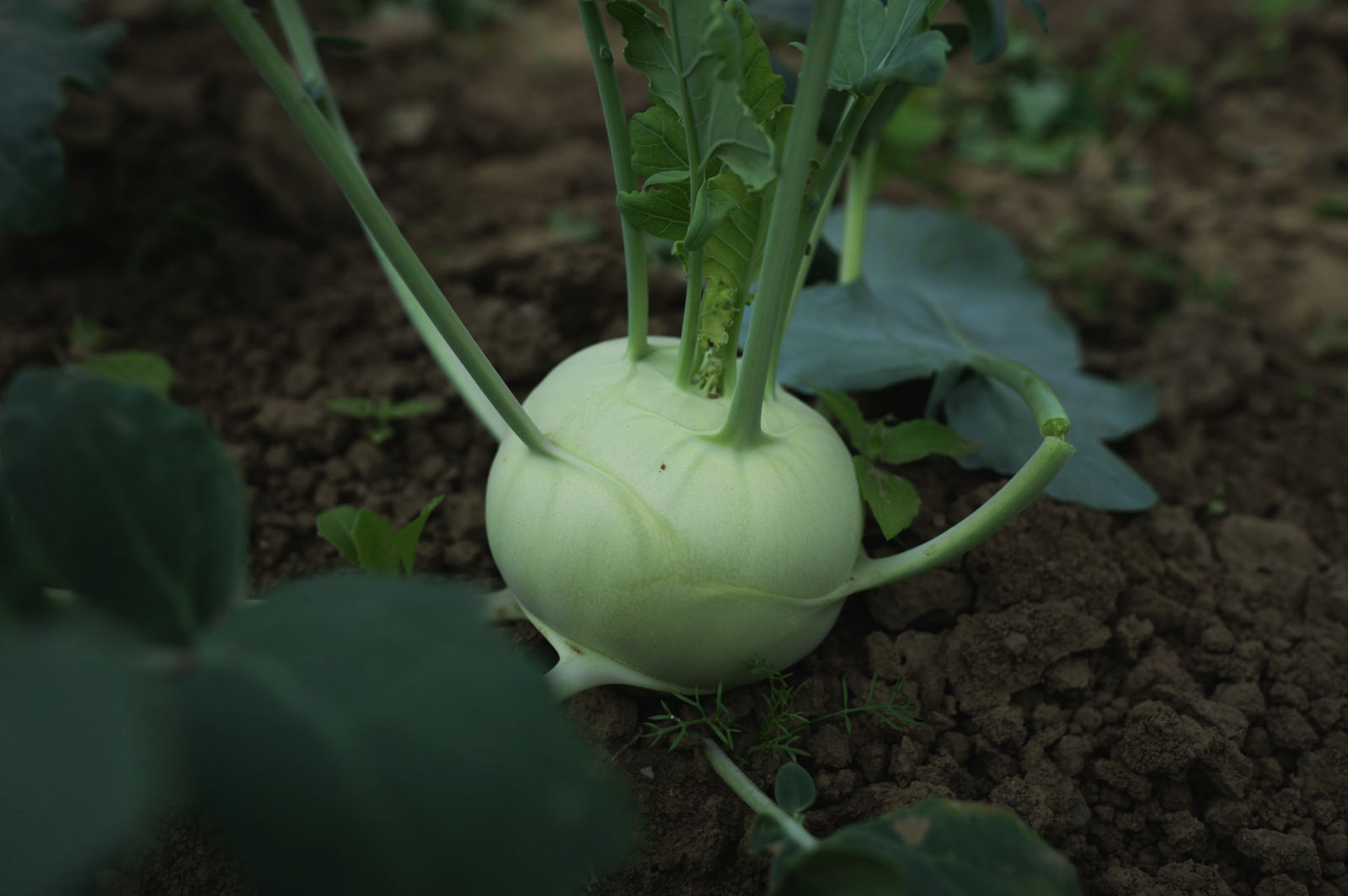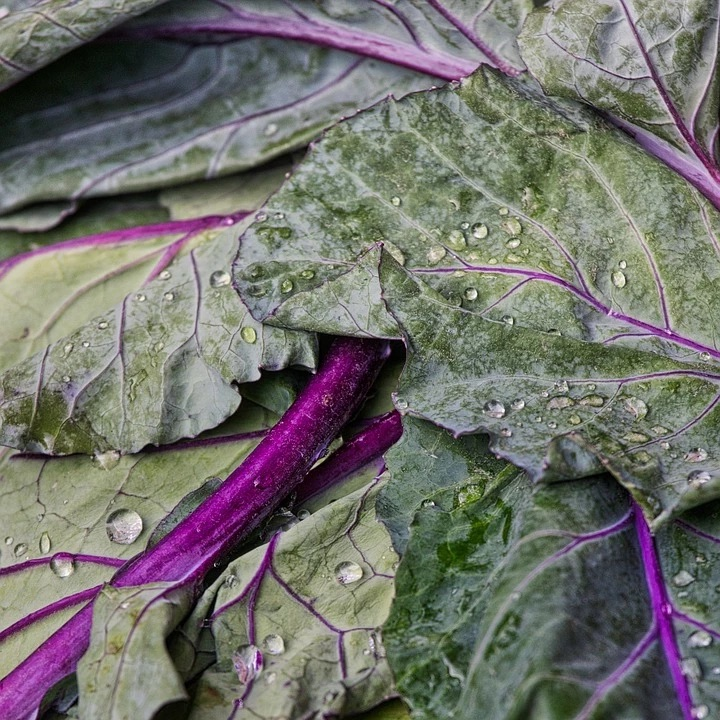Planting kohlrabi
From sowing to harvest
Kohlrabi is an uncomplicated crop. With small varieties, you can easily fill gaps in the bed. But kohlrabi is also very suitable as a starter crop. The cabbage vegetable grows as a biennial: in the first year, the sprout bulb is formed, which we like to eat. The plant only starts to flower in the second year.
Location & soil
Kohlrabi plants are not particularly fussy when it comes to their location. As medium feeders, they have moderate nutrient requirements. Nevertheless, the soil should be rich in humus and evenly moist. Choose a semi-shady to sunny spot.
Sowing kohlrabi

You can propagate kohlrabi on the windowsill from February to March. The optimum germination temperature is between 16 and 18 ° C/61 and 64 ° F. Place the seeds about 1 cm/0.4 in deep in the soil and keep them evenly moist. If the seedlings are too close together, you should prick them out. You can now sow until the beginning of July to harvest fresh kohlrabi all season long.
When to plant out kohlrabi?
You can plant your young kohlrabi plants in the bed from the end of March. Don't plant them too deep, otherwise the kohlrabi tubers will rest on the ground and start to rot more quickly. For a late harvest, you can plant out until the beginning of August.
Mixed culture with kohlrabi

The fast-growing kohlrabi is ideal as a preceding, catch crop or catch crop! It also gets on well with many vegetable plants in a mixed crop. You just shouldn't combine it with other cabbage varieties as direct neighbors. Fennel and cucumbers are also not good companion plants.
Fertilizing kohlrabi
As medium feeders, kohlrabi do not need any additional fertilization. You can apply some compost to lean sandy soil. Horn shavings also have a positive effect on the growth of kohlrabi.
Harvesting & storing kohlrabi

If you have successfully grown and cared for your kohlrabi, you can harvest it after approx. 6 - 8 weeks. The younger you harvest your kohlrabi, the more tender it tastes and the smaller it is likely to be. You can also eat the tender kohlrabi leaves. You can now store the tubers in the fridge for about 2 weeks.

